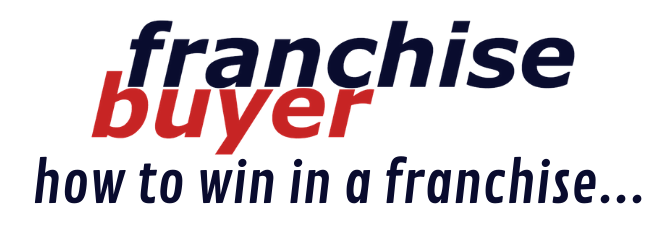July 13, 2016
5 Myths of Store Design That Every Retailer Needs to Know
Over more than two decades of designing retail stores, I have come across a multitude of ideas about how design theory should be into practice. Whilst some are time-tested truths, others are mere urban myths.

Like all good myths, these ideas have a semblance of truth and rely on delivery by a trusted source to create what appears to be a convincing argument.
Here are five store design myths on which I would like to set the record straight.
Bigger shop = more display
As both consumer trends and competitive market forces change, store owners invariably need to increase or decrease the floor area accordingly. The change in total floor space is often miscalculated due to the misunderstanding that all square metres are equal. The truth is that every additional square metre of floor area does not necessarily equate to an additional square metre of display space. Design factors impact this,such as the number of aisles for customer walk space and the ratio of wall shelving to freestanding shelving.
For example, increasing an existing store size by adding an extra 1 m of width to a store that is 20 m long will technically add 20 sqm of floor space. However, 1 m is not enough to fit an extra run of shelving because the width of the shelving plus an extra aisle will require at least1.8 m. Therefore, unless the existing aisle widths can be condensed, there is no benefit to the extra 1 m width.
The take-home lesson here is that, whilst total area is important, the shape of a store affects the total length of wall space, and rectangular stores have more wall space than squares.
The quicker we can serve customers, the happier they will be
In these fast-paced times with increased demands on work, family and social commitments, people are more time-poor than ever. It is easy to translate this to the assumption that customers put the saving of time ahead of any other factor in their choice of store. This can lead storeowners to configure the design of their stores to allow quick entry, fast product selection, efficient transaction and swift exit from the store. Whilst some of these actions can improve the customer experience, not all improve the business performance. After all, a customer that is not in the store cannot buy anything.
A better rationale for the business is to create a store environment that increases customer circulation around the store and encourages them to stay in the store with better product displays. By all means, speed up the entry and transaction time, but encourage browsing during the product selection and exit phases of the purchase path to increase sales.
Signs will change customer behaviour
Retail stores can have many types of signs — department, promotional, directional, operational and many more. By the time a customer moves from the entry through the shop and to the sales counter, they have been so bombarded by messages that they tend to switch off in the relief that they are finally going to talk to a real person.
However, POS counters themselves can also be littered with small signs from well-intentioned staff who have become frustrated with repeating the same statements. These statements often appear on counter fronts but are often ignored by customers;
- “Queue Here”,
- “Cash Only”,
- “No Credit” and
- “ID Required”
The truth is that it is normal human behaviour to only seek out messages that apply to an individual’s current needs, not the needs of the staff. A better solution is to train staff to introduce the messages verbally either in a prior conversation on the sales floor or during the purchase at the counter.
Unfortunately, installing a variety of small signs is often an indication of staff frustration or even laziness, not to mention a good way to make customers feel silly when they ask a question and have a written answer pointed out directly in front.
Mirrors make space look bigger and lighter
I am sure we have all experienced the effect that a room with a full mirror wall creates, and we have been deceived into thinking the room was double the size. We are also well aware of how good a mirror is at reflecting light. This, unfortunately, has translated into the combined misunderstanding by some people that adding mirror to the walls of a shop will both make it look bigger and also feel lighter.
The first truth is that mirrors used in this fashion actually detract from the design effect intended in most stores. Using mirrors to create a false impression of size only serves to confuse and disorient customers as to the layout of the store. Nothing frustrates customers more than thinking they are approaching a destination only to realise upon arrival that they have been deceived by a mirage.
The second truth is that mirrors do not make a room feel lighter, but in fact can make it appear glary or even darker. The reason lies in two facts:
- That mirrors cannot magically “produce” light but only reflect existing light, so there is actually no extra light in the space, and
- That mirrors can only reflect what is opposite, so if the opposite side of the space is dark, then this darkness will be duplicated.
Mirrors have their place in retail — sometimes for decoration, mostly for customers to try on products, but not for creating space or light.
Next time you are tempted to use one of these or some other “so-called” design principles, consider the impact in the light of practical reasoning before implementation. It is always best to inspect working examples in other stores and even perform a small test yourself. After all, the harsh reality of personal experience will always dissolve the pseudo-reasoning of the most powerful myth.















